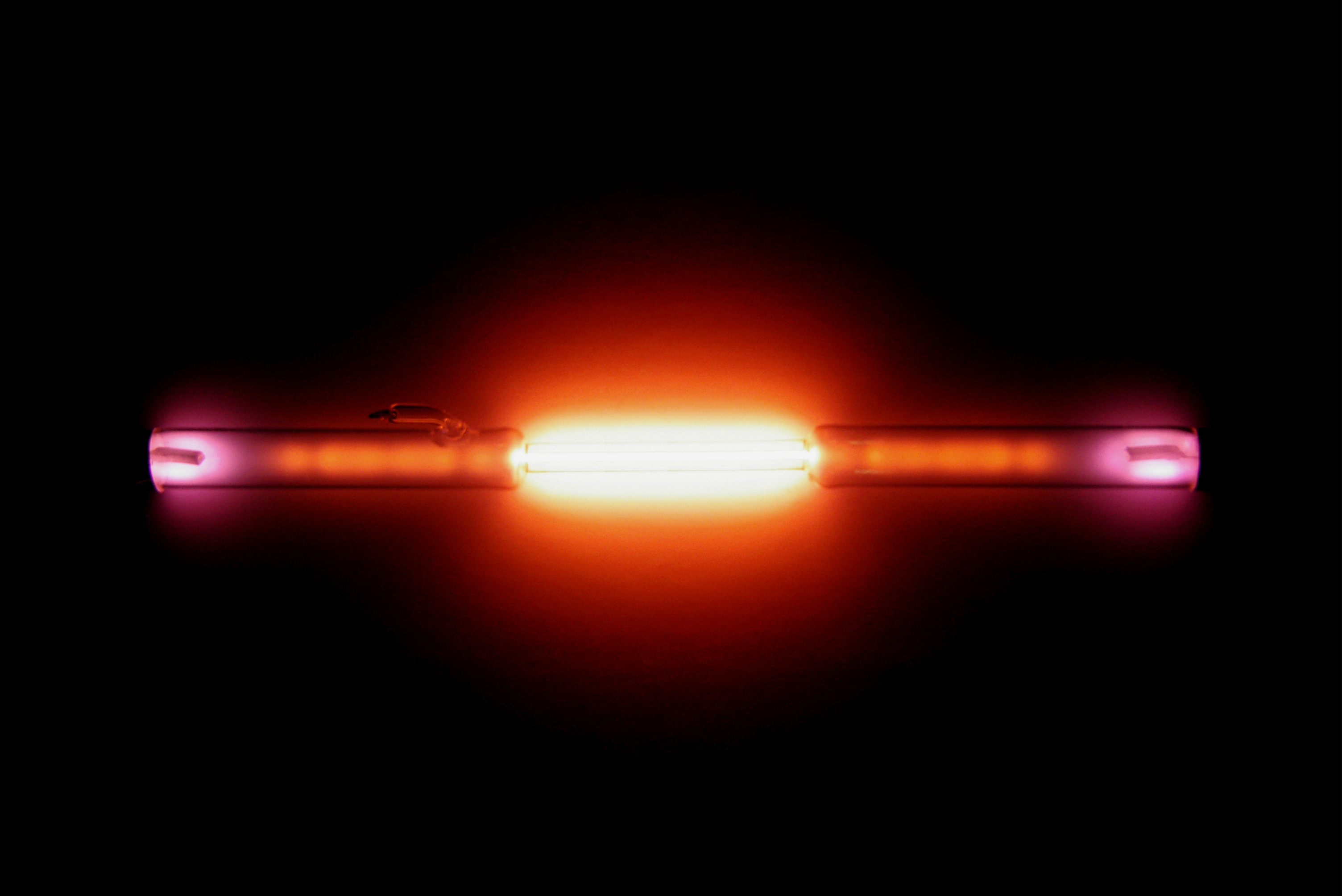- Helium Noble Gas Joke
- Helium Noble Gas Configuration
- Helium Noble Gas Notation
- Helium Element Noble Gas
- Helium Exploration Companies
- Helium Noble Gas Shorthand

This page provides supplementary data about the noble gases, which were excluded from the main article to conserve space and preserve focus.Oganesson mostly not included due to the amount of research known about it. Chemists describe “noble” as those substances that bind to other substances only with relative difficulty; this applies to noble metals like platinum and gold and also to noble gases like helium. Most people, on the other hand, understand “noble” to mean valuable—and they wouldn’t be wrong: Platinum is known to be considerably more. Helium, along with neon, argon, krypton, xenon, and radon, is an inert gas (also known as a noble gas) – that is, it does not normally react with other elements to form chemical compounds. Unlike most of these, however, helium is, at least for us, a very common gas. Helium is a non-toxic and non-combustible gas that is not harmful to humans or the environment. The safety of its employees and the communities in which it operates is always Freeport LNG’s highest priority. Freeport LNG is committed to the safe construction and operation of all its facilities.
Helium is a noble gas because it is extremely difficult to entice it into compounding with anything. Once it gets its two customary electrons it is chemically satisfied. It’s a gas because its triple point is very low - so low that it doesn’t form a solid even under pressure.
What is Helium and where is it found?
What’s the freezing point of Helium?
Does Helium freeze at absolute zero?
Is Liquid Nitrogen colder?
Using Helium in cryogenic treatment
Helium Noble Gas Joke
Our Liquid Helium cryogenic process
Helium Noble Gas Configuration
Helium Noble Gas Notation
Helium Element Noble Gas

Helium Exploration Companies
Helium Noble Gas Shorthand
Related

Comments are closed.